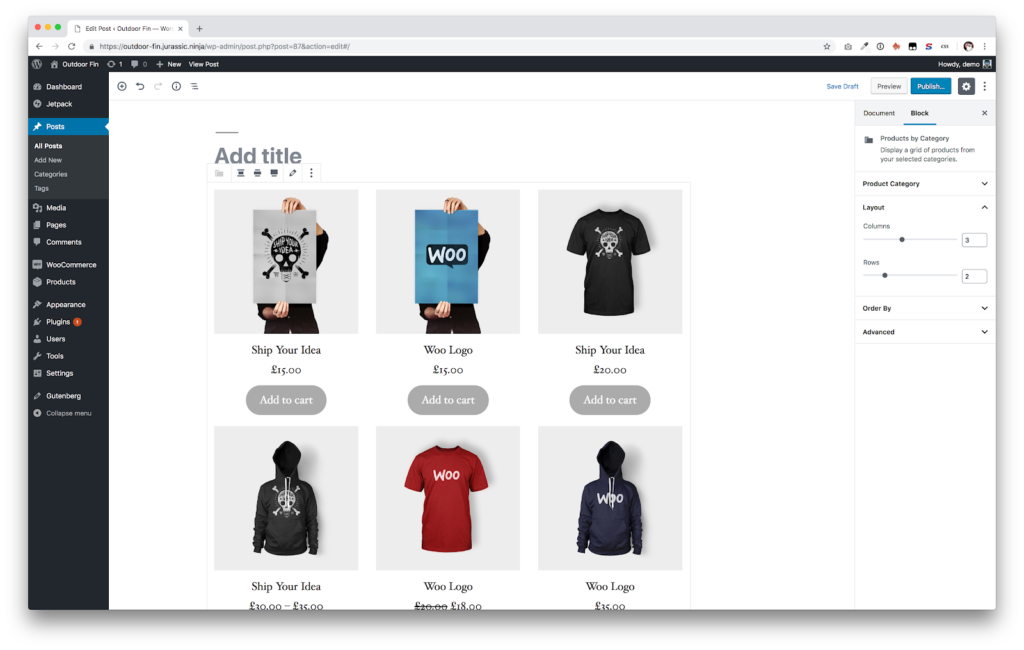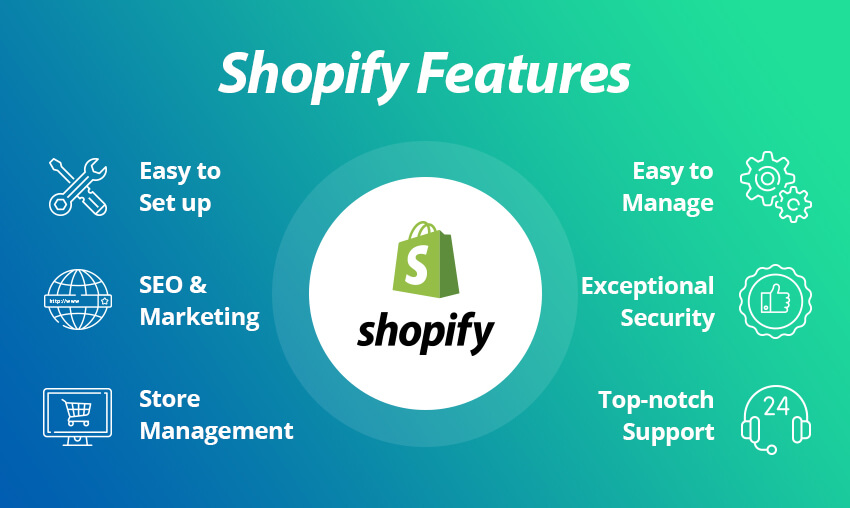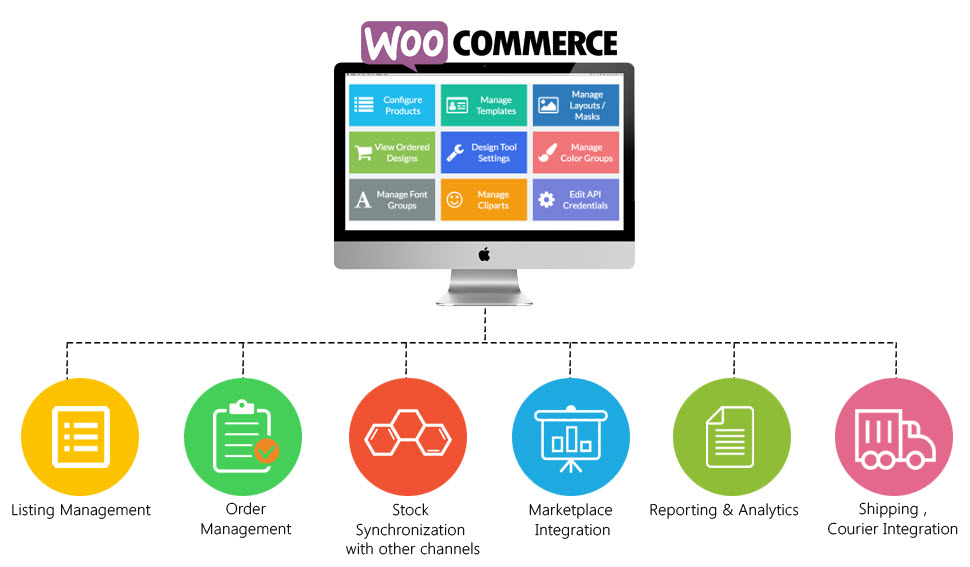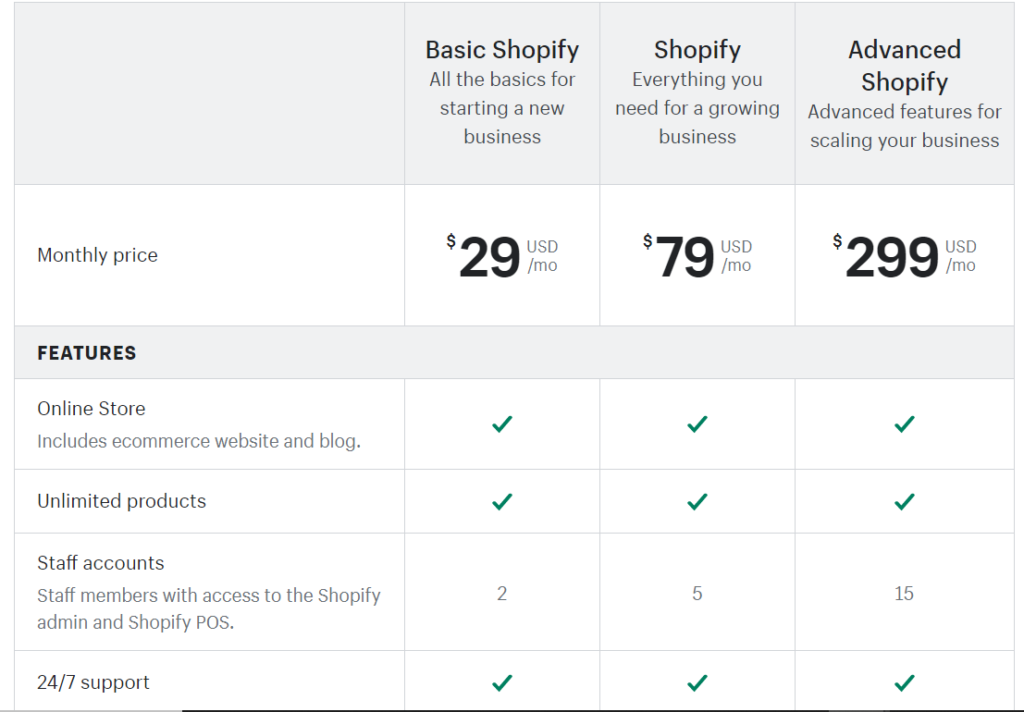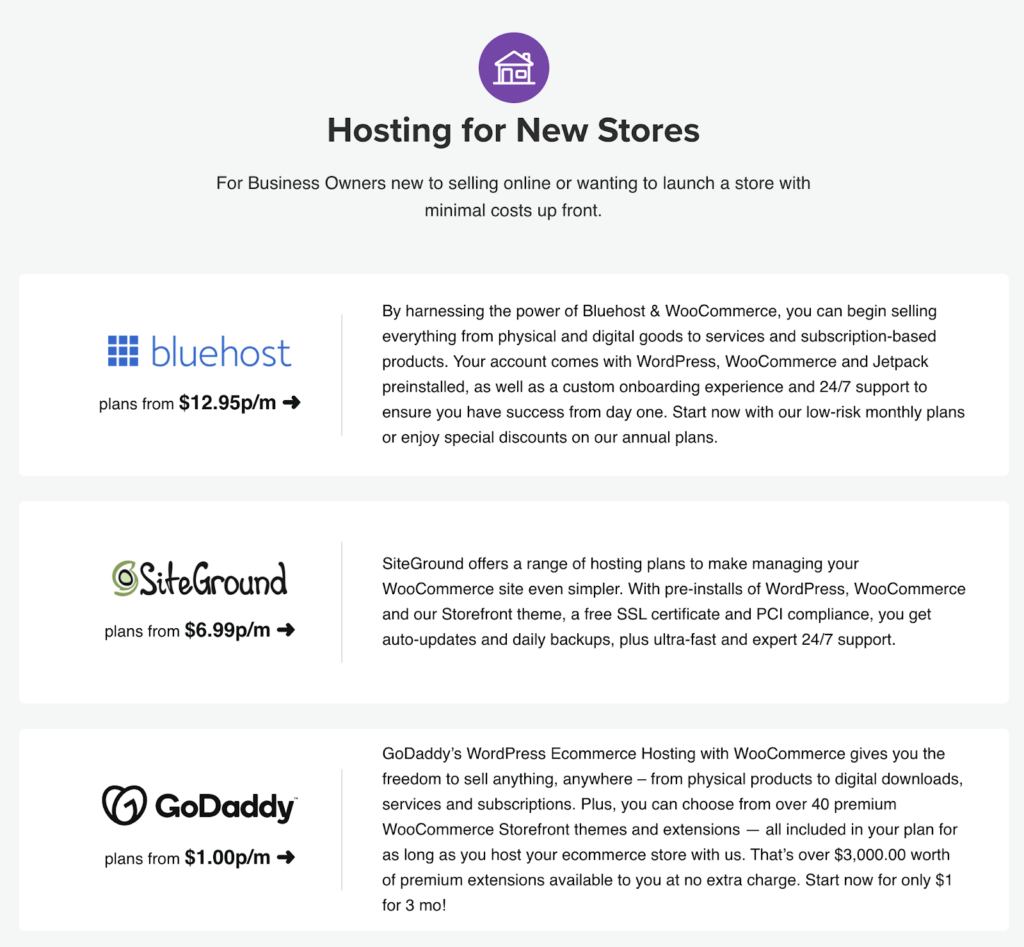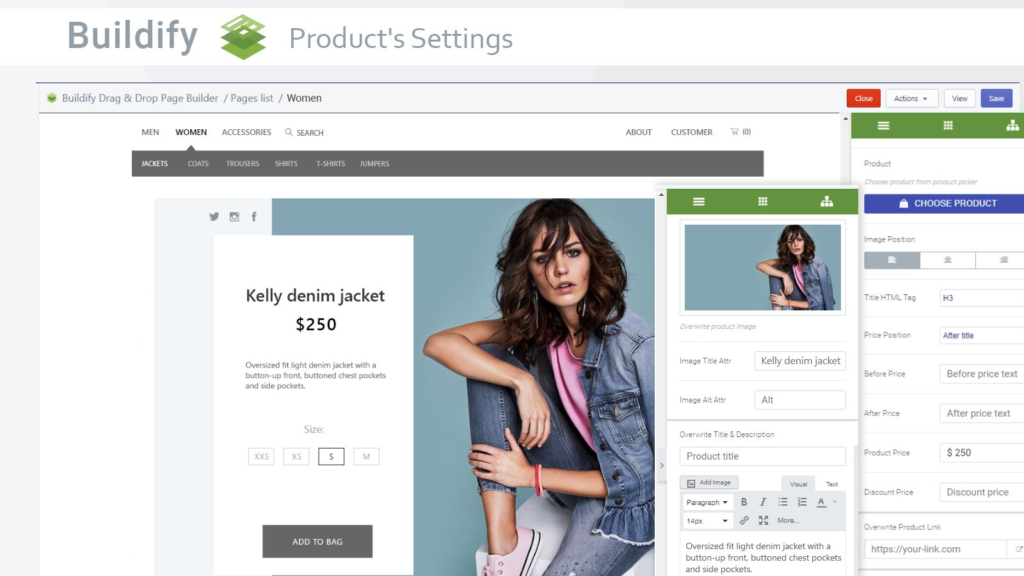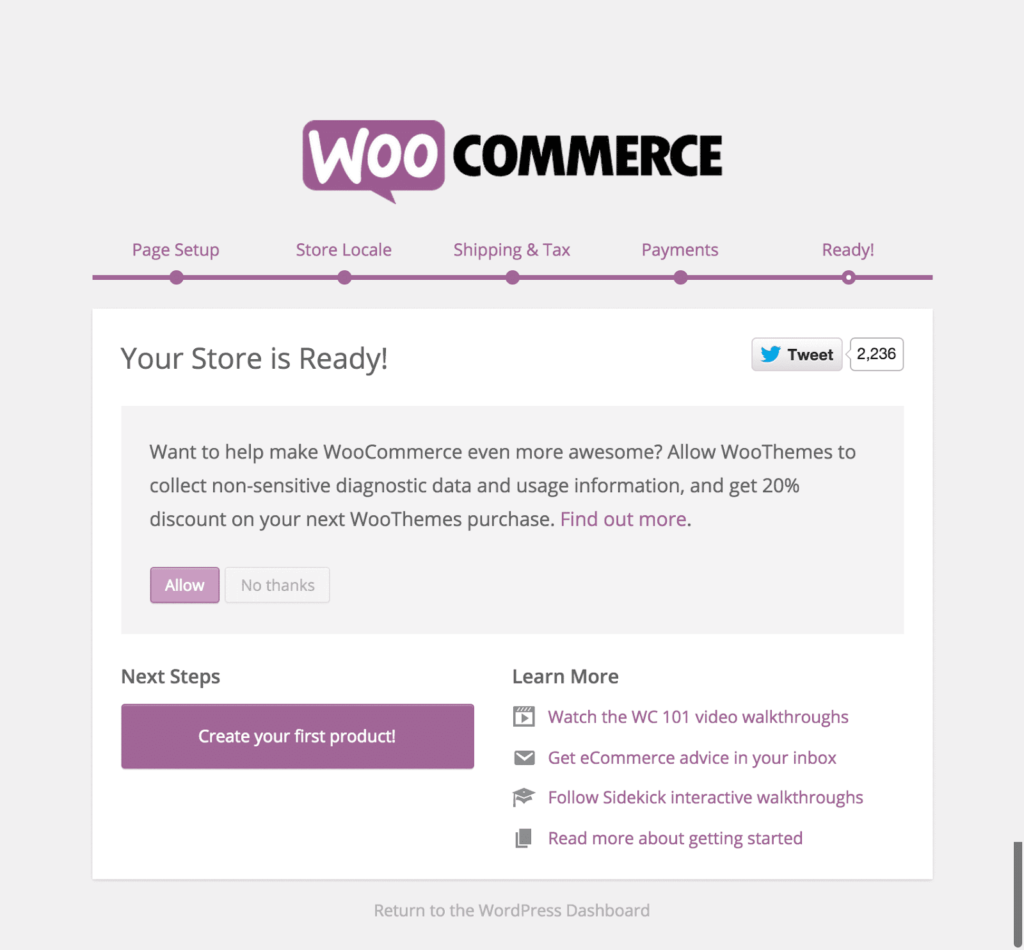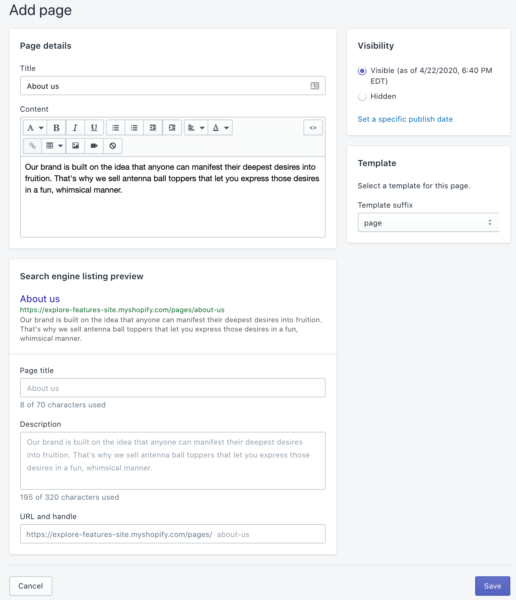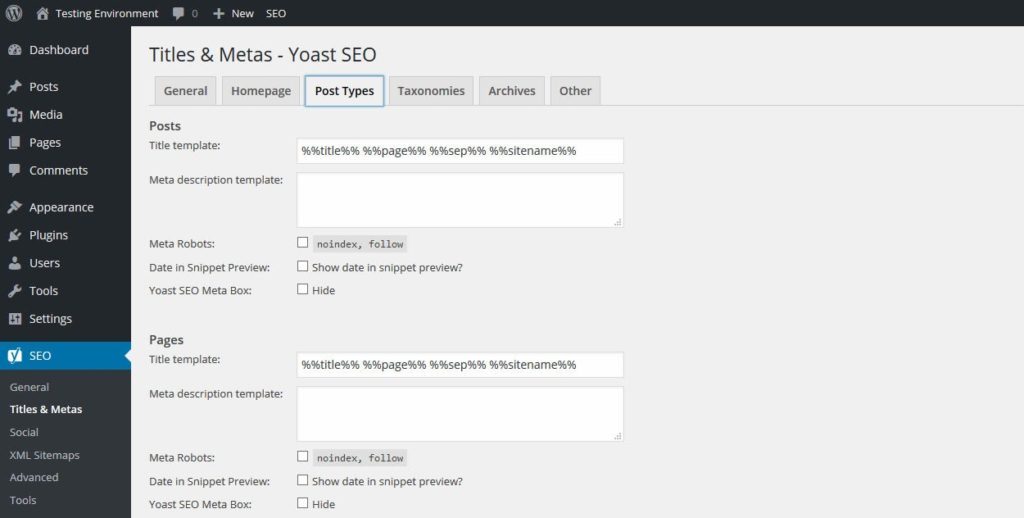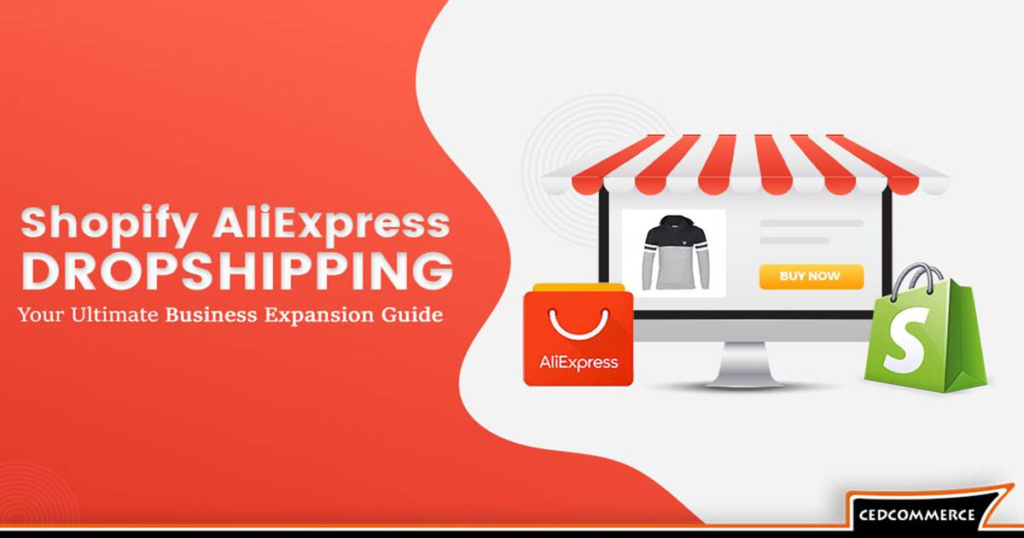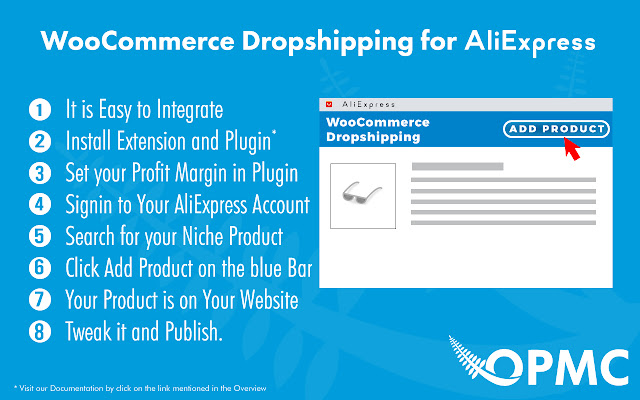WooCommerce vs Shopify – There are 1.92 billion online buyers, and given the pandemic, this number has been ever increasing. Today, everything is possible online- you can sell your stuff, market your business, and even start your online store.
With everything going digital in the current era, a significant portion of purchasing is now done online. The idea of going digital brings along a vast pool of struggles and confusion. Keeping this in mind, choosing the right e-commerce platform that fits your business needs is a defining point for success.
If you’re planning to create an online store for your small business, you’re likely to be confused between the two popular e-commerce platforms – WooCommerce vs Shopify.
Both platforms have their pros and cons, making it a tough decision to choose one of them. Online retail owners worldwide face this dilemma when they want to take their store online or start one from scratch. Nevertheless, it’s an important decision because it can make or break the success of your online store and lay the path for you ahead.
Once you have a clear idea of what features you need and what’s best for your particular business model, the grey area disappears and you’ll be able to make your decision between WooCommerce vs Shopify.
This article will dig deep and compare the two platforms as per their most essential features and decide a winner for you. Let’s begin!
- Overview: What are Shopify and WooCommerce?
- Features
- Pricing
- Navigation and ease of use
- Design themes
- Marketing tools and SEO
- Dropshipping
- Scalability potential
- WooCommerce vs. Shopify: Who’s the winner?
Overview: WooCommerce vs Shopify?
While there are so many e-commerce sites out there, Shopify and WooCommerce are loved by many. Both of them have great features with excellent customer support systems. Let’s start by understanding what these platforms stand for and how they can help your online journey.
Shopify is a one-stop destination for retail owners to open an online store, manage inventory, and accept customers’ payments with one app and dashboard. It takes away the headache of maintaining a website, hosting it, managing plugins, etc.

WooCommerce is a plugin for one of the most popular Content Management Systems (CMS), WordPress. You can create a blog on a WordPress website and then use WooCommerce to convert it into an online store. Its exclusive features allow you to customize everything from head to toe and even manage some custom plugins.
Image source: WooCommerce
WooCommerce vs Shopify: 7 critical factors that can impact your decision
Now that we have some basic information about what these platforms are and how they function, let’s dig deep and understand more. Here, we have some basic things you need to consider before investing in either of these e-commerce solution platforms.
WooCommerce and Shopify’s Features
Shopify
Shopify is a hosted e-commerce platform. This means that it hosts and manages the software for you. While there is flexibility, it’s only limited to making changes that Shopify allows you to make. Let’s see what other features it has:
- Free subdomain
- Website builder with drag-and-drop options
- SSL certificate and unlimited file storage
- Built-in GDPR compliance features
- 24/7 support system to get your queries answered around the clock.
- In-built multichannel selling enables you to sell on Amazon, eBay, Facebook, and Instagram.
- Allows payments through credit card
Image source: Ice Cube Digital
WooCommerce
WooCommerce is a WordPress plugin and is self-hosted. This essentially means that your files are located on your server, and you’re free to modify every aspect of your store and build custom extensions. WooCommerce doesn’t come with a sub-domain, and you might have to pay for the SSL certificate. The file storage depends on the web host you choose for the hosting.
However, here are some other features it promises:
- In-built payment processing
- Open source development
- Wide variety of themes and customization options
- Massive library of extensions and plugins for extra benefits
- Easy integration with marketing tools
- Both Stripe and Paypal are accepted
However, WooCommerce requires you to pay an amount of $79 to integrate your store with channels like Amazon, eBay, and Instagram. Also, for GDPR compliance, you will need to audit your marketing procedures with WooCommerce.
Image source: Eazy Office
WooCommerce vs Shopify: Pricing
Pricing is an important aspect to consider before you move forward with one of these platforms. Based on your budget and how you plan to expand your online store, you can assess both these platforms’ features and the price for the same. This will help you allocate the budget accordingly and see which one is suitable for your business needs.
While WooCommerce is a free platform with flexible pricing, Shopify has a more conventional fixed pricing structure. Let’s look at both of these:
Shopify
The basic Shopify starts from $29 per month, and you can upgrade to the Shopify plan for $79 or the advanced Shopify plan for $299 per month. You can go for the payment option, which suits you best.
All these plans include domain name, SSL certificate, and web hosting.
The basic plan comes with many features that are enough to set up a new online store. Here, you can add unlimited products, two user accounts, and unlimited file storage. If you use Shopify Payments, you won’t be charged transaction fees which is a great save.
However, this pricing doesn’t include the cost of integrating third-party tools, so e-commerce plugins and add-ons that may be on the higher side. As your business expands, such charges will start adding up. So, it’s wise to assess these additional costs along with the fixed one, to anticipate what you’ll be spending after all.
With a 14-day free trial offered by Shopify, you can test these features and see if it’s an appropriate fit for your online store and business goals.
Image source: Shopify
WooCommerce
The platform boasts about being free, but it doesn’t mean that you won’t incur any cost to run a WooCommerce online store. You’ll have to factor in the price for:
- Hosting ($5-$25 monthly)
- Plugins (from $25 each)
- Themes (~$59)
Image source: WooCommerce
If you’re going to create a great-looking online store with an advanced theme, it will cost more than a simple, minimalistic one. So, the cost will vary accordingly.
There’s another way to reduce or instead manipulate WooCommerce costing, and that’s through buying hosting from an external hosting company like BlueHost, which offers specialized WooCommerce hosting plans. You can alternatively invest in cloud hosting too.
Since WooCommerce doesn’t charge you a percentage fee on the transactions, that’s another save in the pocket to consider.
Although WooCommerce is technically the cheaper solution, it will require much more work to set it up and plan according to your budget, as every additional extension comes with a cost. So it entirely depends on what features you want to include that will decide the final cost.
Navigation and ease of use
Not everyone starting an e-commerce website is a professional web designer or developer. So what’s needed is a platform that is easy to use and navigate which depends on its functionality. Let’s see where these two platforms stand when it comes to ease of use.
Shopify
It’s tough to beat the simplicity of Shopify when it comes to ease of use.
The main advantage of Shopify is that it’s a subscription-based online tool. All you need to do is visit their site, sign up, go through a basic setup wizard, and you’re done. You don’t have to install, manage, or update any software- completely taking out the need to be a tech whiz.
Shopify also comes with an intuitive drag-and-drop interface that helps you manage your products efficiently. The Shopify app is also quite efficient to use to manage everything from your mobile phone.
Image source: Shopify app store – Buildify
The whole process is very straightforward. Most importantly, you don’t need any design or site-building skills to get through it. This adds brownie points to the Shopify navigation abilities.
WooCommerce
Although working with WooCommerce daily is just as simple as with Shopify, setting up the store isn’t.
Since WooCommerce is a WordPress plugin and not a subscription-based solution like Shopify, you need to handle a couple of things. These include installing WooCommerce, getting a hosting account, domain name, and managing updates.
Image source: Woostify
These steps do require a level of comfort with web-related things. Moreover, there is no built-in drag-and-drop design-builder like Shopify to smooth things over. So, WooCommerce requires a certain level of knowledge to use or a willingness to spend some time learning as it is a more technical platform when compared to Shopify.
So, consider this while making a plunge to your preferred platform because navigation is a non-negotiable aspect of setting an online store. You need to focus more time setting up your store than navigating the steps leading to it.
WooCommerce vs Shopify: Design themes
The overall look and feel of your online store are more important than you think. Today, if you want to sell something, the first thing the customers see is how visually appealing it looks. So, designing your website is an essential aspect of setting up a successful online store that can create a positive brand image in front of your customers.
The first impression of your potential customers can make or break your business, and a positive experience can make them click on the buy button.
Let’s see what kind of design features these platforms offer and how you can tweak them.
Shopify
The Shopify store has over 70 free and paid themes you can choose from and use for your brand. If you count the variations, too, there are technically around 100 designs available to choose from- which is an excellent indication of how design-friendly the platform is structured.
The Shopify themes are very engaging and aesthetic- they’re designed to help you sell.
Moreover, it’s effortless to adjust and change colours and styles. They are also compatible with mobile screens- an essential element of digital selling because a majority of customers prefer to buy from their mobile phones.
Image source: Webibazaar
The pricing for premium themes starts from $140, but it’s worth the one-time investment because of the revenue and growth it can bring your business. However, if your budget doesn’t allow it, you can always go for the free themes, which are also pretty great.
WooCommerce
There are a bunch of WooCommerce themes to select. Its entry theme, Storefront, is like a breath of fresh air with a fully responsive layout on mobile devices too. How good your design looks on WooCommerce is directly proportional to your technical competency and the number of hours you’re willing to put into the designing phase.
Image source: Colorlib
Even though the design options may be a little limited here, customization options are plenty. You can also use WordPress themes and customize them. This way you can design it as per your brand colours and theme. For this, you can hire freelance designers who can customize the design and website as per your preference.
However, if we talk about design themes, Shopify takes the hat here.
WooCommerce vs Shopify: Marketing tools and SEO
SEO is a crucial aspect of marketing any digital business, and your e-commerce store is no exception. If you want to reach your target audience and rank for your target keywords, you need a platform that can help you optimize SEO and integrate other tools as per your marketing strategy.
It’s the best way to ensure that your customers find you. Because no visibility equals no sale. And marketing has the potential to convert an abandoned cart into a direct checkout. Let’s see where these platforms stand on this scale.
Shopify
Shopify has a clean code and a natural linking structure that offers a smooth user experience. This leads to enhanced visibility in search engine rankings and offers rapidly loading pages, enhancing the results even more.
Shopify handles basic SEO practices like meta information and site copy with ease. With a combination of quality content and Shopify’s SEO, there’s no reason you can’t enjoy strong user engagement and better SEO rankings.
Image source: Search engine land
WooCommerce
The platform gives you a variety of SEO-specific options due to its integration with WordPress. It’s easy to add and edit content and meta information to ensure that pages have a strong potential of ranking for specific keywords. You can also customize your URL to help find it easily for keywords.
Plugins like Yoast SEO optimize the WordPress site and online store with ease. Moreover, there is more variety of WooCommerce plugins than Shopify, so even if you don’t like Yoast, you’re pretty sorted.
Image source: WinningWP
Apart from SEO, you can promote both of these online stores through marketing automation, email marketing, and social media, following your marketing strategy for a wider reach, and more sales.
Dropshipping
Dropshipping is an online business when a vendor fulfils orders from a third party and has them shipped directly to the customer instead of keeping stock. It’s pretty famous among e-commerce business owners because it saves them the hassle of inventory and stock maintenance.
Let’s see how these platforms manage dropshipping.
Shopify
The Shopify platform has a regular process of selecting the products, adding them to the cart, and making payments. It has integration apps for several popular dropshipping marketplaces like AliExpress, Oberlo, Printify, etc.
All these marketplaces have their membership fees, shipping, and other charges that you need to consider and allocate budget for while building your dropshipping website with Shopify.
Image source: CEDCOMMERCE
WooCommerce
WooCommerce allows you to install extensions that instantly import products, fulfil orders from your website, and carry out the activities. This makes it a popular choice among dropshipping businesses.
Image source: Chrome Web Store – WooCommerce Dropshipping
You can even create a marketplace where other vendors can sell their products on your WooCommerce site – an interesting feature introduced by the platform.
Scalability potential
As a business grows, more resources are needed to handle new goals and challenges.
Scalability is a significant factor for growing a business, and to scale your online business, these platforms can help you out. Let’s see how.
Shopify and WooCommerce can both be scaled to handle large amounts of traffic and orders, but they’re not created equal.
Shopify
Once your business starts growing, you can upgrade your Shopify plan, which will instantly take care of your performance, scalability, and security. They offer enterprise services as part of the upgraded plan, which will allow you to choose your options, and carry out the functions from one place.
Shopify’s infrastructure is more than capable of handling bigger stores and larger numbers of orders and visitors. Some might say Shopify is a tad bit expensive, but it’s worth it because the returns can overlook scaling costs.
WooCommerce
To determine the scalability factor at WooCommerce, you need to analyze how scalable your hosting provider allows you to be and expand. It’s a self-hosted platform, so it makes you responsible for maintaining backups, tracking updates, and maintaining the security of your website.
It can sometimes get a little baggy due to increasing traffic, which means that it needs manual challenges like upgrading web-hosting plans and improved caching and content management systems. A managed WordPress hosting provider like WP Engine or LiquidWeb will enable you to scale your WooCommerce store; else, it might be a little tricky to do so.
A good thing here is that while running your online shop at WooCommerce, you can monetize your WordPress blog and make money blogging to have it coming as a side income.
WooCommerce vs Shopify: Which is the best e-commerce platform?
We’ve discussed both of these platforms in detail, and while there are various other tools to choose from, Shopify and WooCommerce stand at the very top. Now, let’s see what’s the final verdict.
If you want to avoid technical headaches, Shopify is the right platform for you. It will allow you to build up an e-commerce site with limited technological know-how and excellent templates that are easy to customize. Its premium support system is like a cherry on top.
However, if you need the flexibility and want to do some code-tweaking, you will appreciate the freedom that WooCommerce offers. It will provide multiple solutions with handy SEO features, greater control over your site’s hosting and design, and an ability to customize everything on a tight budget.
Both of them are great; however, make a pro/con list while you’re at it using this article. Before you invest in a platform, make sure to weigh all essential aspects to ensure you make the right decision.
Happy selling!
Bio


